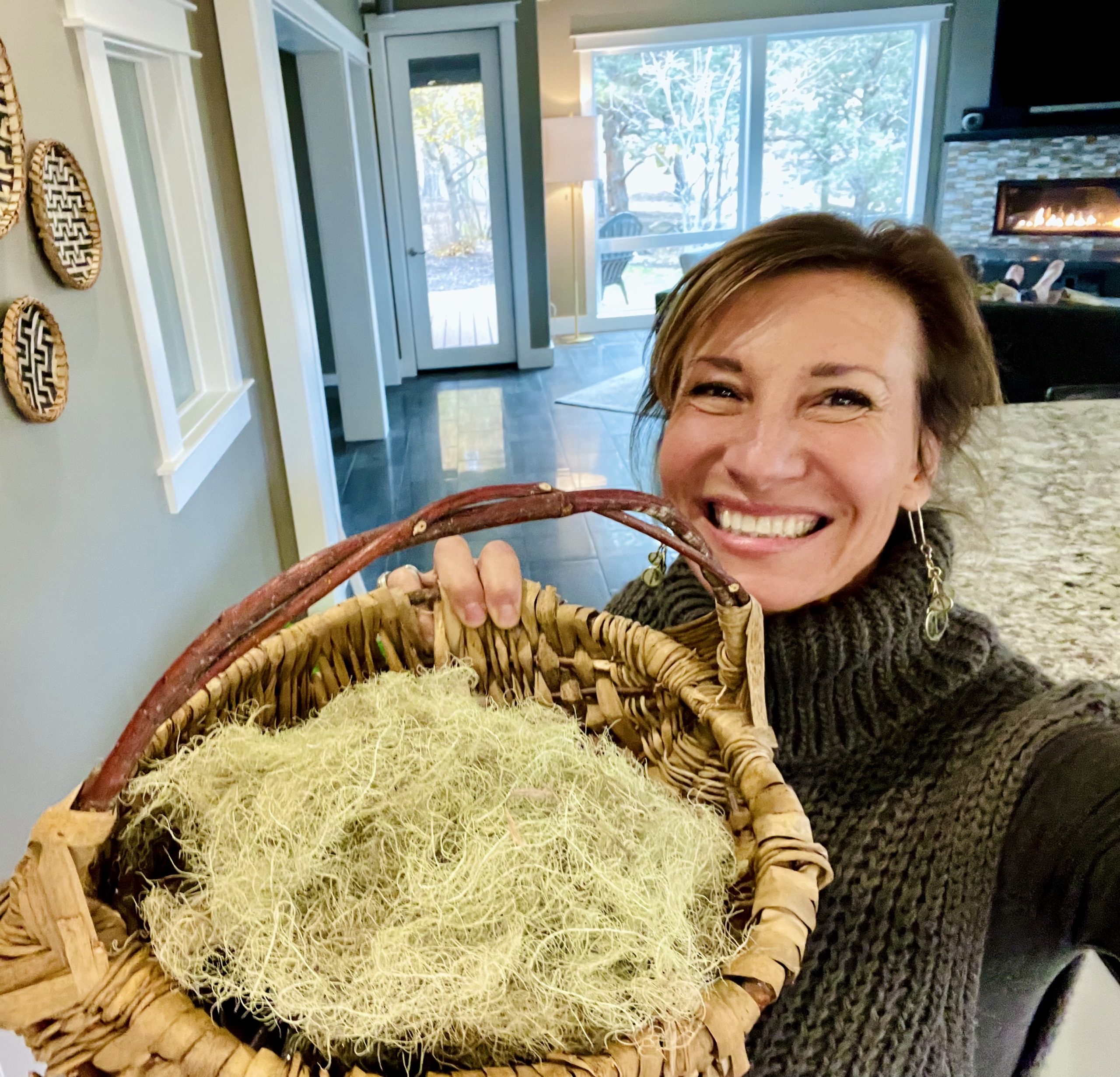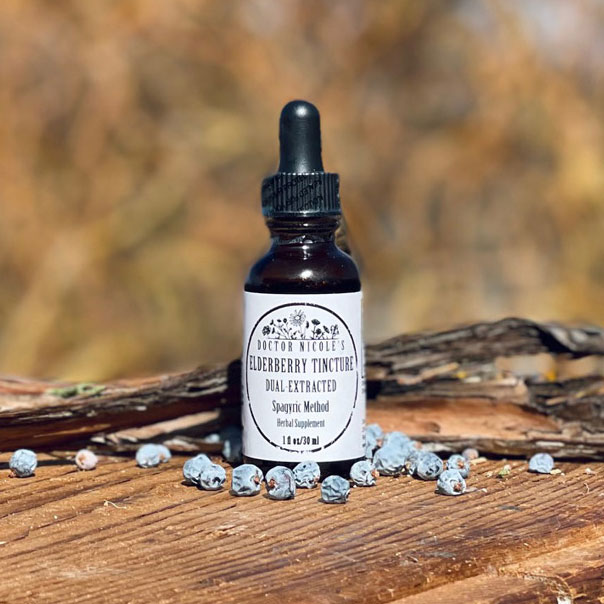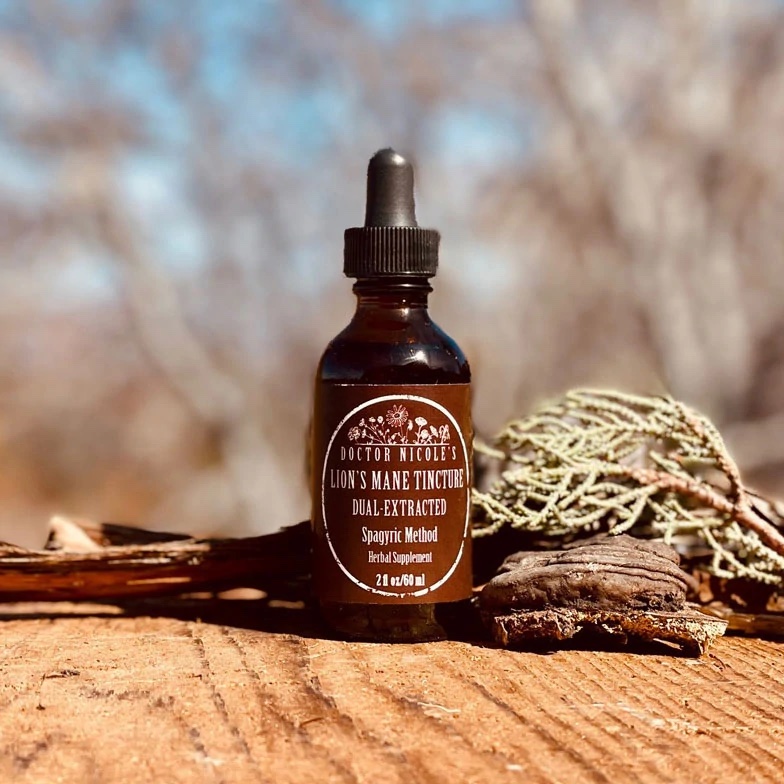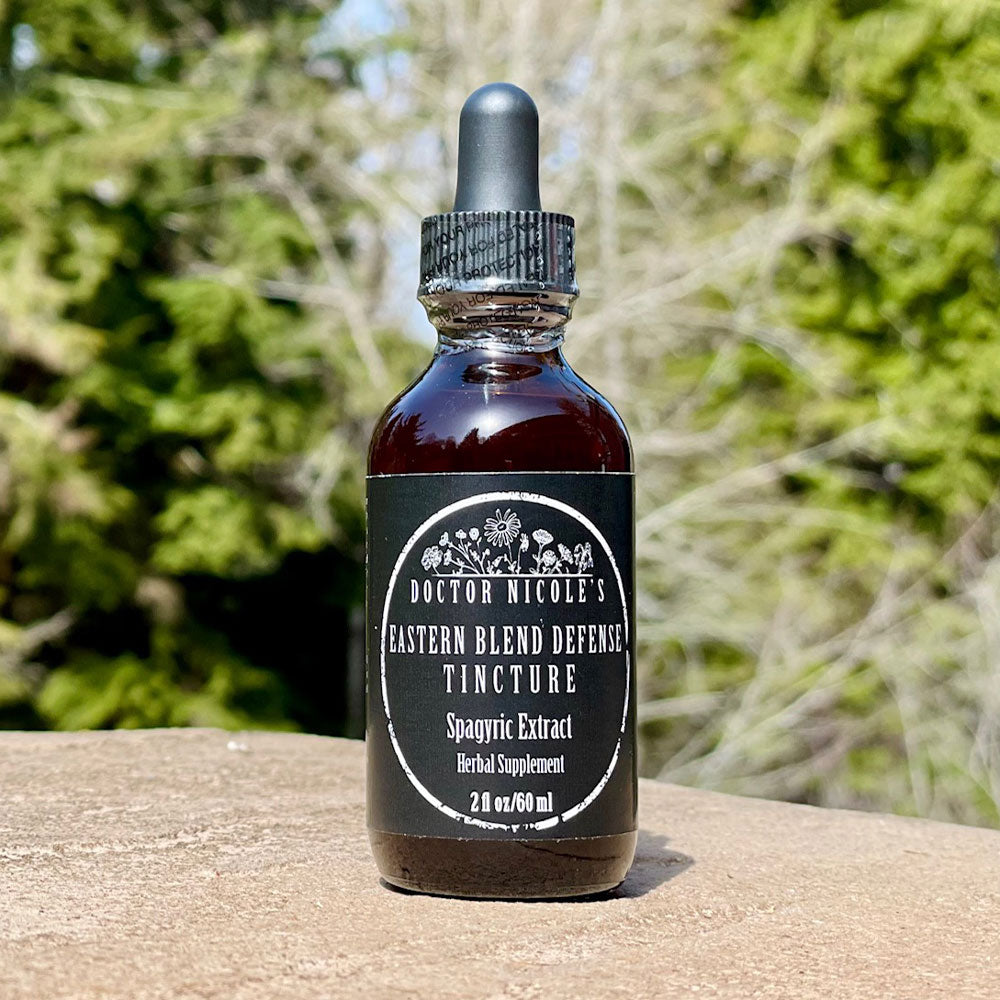What is Guillain-Barré Syndrome?
An autoimmune disorder where the immune system attacks nerves in the peripheral nervous system, which is located outside of the brain and spinal cord, Guillain-Barré Syndrome (GBS) can lead to muscle weakness, tingling and numbness. The condition can lead to permanent paralysis or death in extreme cases, although this is exceedingly rare. The most common type of GBS is acute inflammatory demyelinating polyradiculoneuropathy (AIDP), which damages the myelin sheath around nerves, similar to what you see with multiple sclerosis.
While the cause is unknown, GBS is typically triggered by infectious illness, such as a lung or gastrointestinal infection. Campylobacter jejuni, which is contracted from eating undercooked poultry or meat, is one of the most common infections associated with the development of Guillain-Barré Syndrome. Zika virus, Epstein-Barr, cytomegalovirus (a strain of herpes virus), hepatitis, HIV/AIDS, pneumonia, and Hodgkin’s lymphoma are also linked with the condition. Moreover, some researchers suspect the disease may be associated with vaccines, but the findings are mixed.2,3,4 Men and adults over 50 years old seem to be more at risk for developing CBS.1 Currently, the disease affects one to two people in 100,000 each year in the USA.
Symptoms
The disorder generally begins with numbness and pain in the fingers, toes, and legs, which then may progress to muscle weakness, fatigue, and difficulty breathing, talking, chewing, or swallowing. Loss of bladder control, lower back pain, and rapid heart rate can also occur.
In severe cases, muscle weakness can develop into paralysis and loss of motor control. Blood clots, intense pain, and chronic inflammatory demyelinating polyneuropathy (CIDP), which features persisting symptoms of muscle weakness that strikes repeatedly over the course of years, may also develop.
Conventional Acute Care
Cases of Guillain-Barré Syndrome can range from mild to severe where hospitalization is required. Complications can include respiratory failure, so it is important to closely monitor a person’s breathing. Changes in heart rate and blood pressure also require close observance. Sepsis, pulmonary embolism, and heart failure can occur in severe examples.
Two conventional treatment options are available: plasma exchange (PE, also called plasmapheresis) and high-dose immunoglobulin therapy (IVIg). It is important these therapies are administered within two weeks of the onset of symptoms. If blood clots develop, your physician may also prescribe anticoagulants.
Managing Guillain-Barré
Of course, prevention of infectious illness by avoiding insect bites, practicing safe sex, boosting immunity, and cooking meat and fish thoroughly is the best way to avoid contracting GBS. Supporting overall health by eating an anti-inflammatory, Mediterranean-style diet, managing stress, and exercising regularly are helpful as well. Additionally, antiviral and antibacterial botanicals, like those found in my Eastern Blend, Usnea, and Elderberry tinctures, add another layer of defense against triggering the disease.
If you do develop Guillain-Barré Syndrome, physical therapy may be required. It’s important to keep moving with gentle exercise, such as stretching and walking to reestablish balance and muscle function. Chiropractic care and acupuncture can also be helpful in managing pain and supporting healthy function of the nervous system.
Lastly, our dual-extracted, fruiting body lion’s mane tincture in the apothecary is an outstanding option for regenerating damaged nerve cells in the spinal cord and brain by encouraging Nerve Growth Factor (NGF).5 This compound is crucial for repairing the fatty coating surrounding nerve fibers, otherwise known as the myelin sheath. It also helps to boost energy and relieve muscle fatigue.
Interested in learning more? Visit the apothecary today and experience the healing power of herbal medicine for yourself!
Nicole Apelian
Nicole’s Apothecary Products in this Post
References
- Guillain-Barré Syndrome Fact Sheet, National Institute of Neurological Disorders and Stroke. Retrieved on December 26, 2022 from https://www.ninds.nih.gov/guillain-barre-syndrome-fact-sheet#3139_2
- Prestel, J., Volkers, P., Mentzer, D., Lehmann, H. C., Hartung, H. P., Keller-Stanislawski, B., & GBS Study Group (2014). Risk of Guillain-Barré syndrome following pandemic influenza A(H1N1) 2009 vaccination in Germany. Pharmacoepidemiology and drug safety, 23(11), 1192–1204. https://doi.org/10.1002/pds.3638
- Chen, Y., Zhang, J., Chu, X., Xu, Y., & Ma, F. (2020). Vaccines and the risk of Guillain-Barré syndrome. European journal of epidemiology, 35(4), 363–370. https://doi.org/10.1007/s10654-019-00596-1
- Lahoz Fernandez, P. E., Miranda Pereira, J., Fonseca Risso, I., Baleeiro Rodrigues Silva, P., Freitas Barboza, I. C., Vieira Silveira, C. G., Diogo Silva, G., Marzorati Kuntz Puglia, P., & Genaro Mutarelli, E. (2022). Guillain-Barre syndrome following COVID-19 vaccines: A scoping review. Acta neurologica Scandinavica, 145(4), 393–398. https://doi.org/10.1111/ane.13575
- Lai, P. L., Naidu, M., Sabaratnam, V., Wong, K. H., David, R. P., Kuppusamy, U. R., Abdullah, N., & Malek, S. N. (2013). Neurotrophic properties of the Lion’s mane medicinal mushroom, Hericium erinaceus (Higher Basidiomycetes) from Malaysia. International journal of medicinal mushrooms, 15(6), 539–554. https://doi.org/10.1615/intjmedmushr.v15.i6.30









